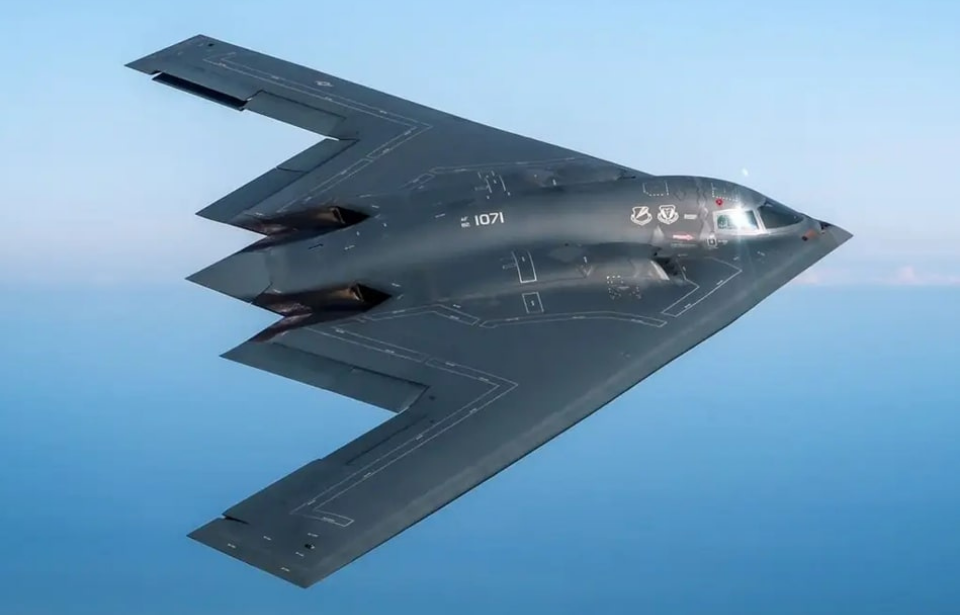The Northrop Grumman B-2 Spirit is a famous American heavy strategic bomber, celebrated for its exceptional stealth capabilities that allow it to evade enemy defenses and carry out deep-strike missions undetected. A total of 21 B-2 bombers were produced between 1987 and 2000, with the first delivered to the US Air Force on January 1, 1997. Noshir Gowadia, a key figure in the aircraft’s design, was instrumental in its development.
Northrop Grumman B-2 Spirit
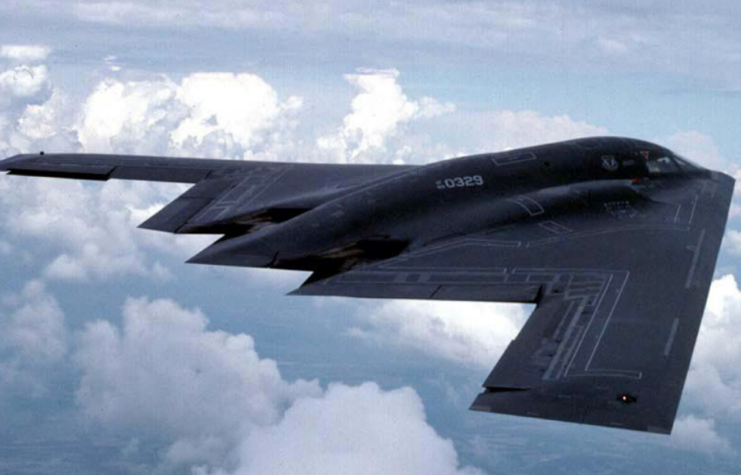
As noted earlier, the B-2 Spirit is among the most advanced aircraft ever developed. With its blend of power and stealth, it is capable of executing missions beyond the reach of other bombers, making it an invaluable asset to the US Air Force. Its primary strength is its ability to carry large air-to-surface standoff weapons while maintaining a stealthy profile.
The B-2’s remarkable stealth is a result of its careful design and engineering. Its engines are integrated within the aircraft rather than mounted externally, and it uses cutting-edge technology to cool its emissions, reducing infrared visibility. Furthermore, it operates with less noise compared to other bombers.
The B-2’s role is unique among bombers, focusing on neutralizing anti-aircraft defenses to enable less stealthy aircraft to enter and conduct their missions. It has been utilized in conflicts such as the Iraq and Afghanistan wars, and first saw combat during the Kosovo War in the 1990s.
Noshir Gowadia went from patriotic engineer to treasonous spy
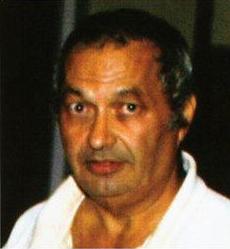
Noshir Gowadia started his career at Northrop in 1968, where he was a key figure as the lead designer in creating the stealth technology for the B-2 Spirit. Although he made significant contributions to this aircraft, he left Northrop-Grumman in 1986. Thirteen years later, he established his own consulting firm, N.S. Gowadia, Inc.
After his departure, he engaged in treasonous acts, using his expertise for financial gain. In 2002, Gowadia allegedly sent a fax containing classified infrared technology details to at least three foreign nations. He is also accused of assisting China by providing a cruise missile design that demonstrated the weapon’s effectiveness against American air-to-air defenses.
Arrested by federal agents
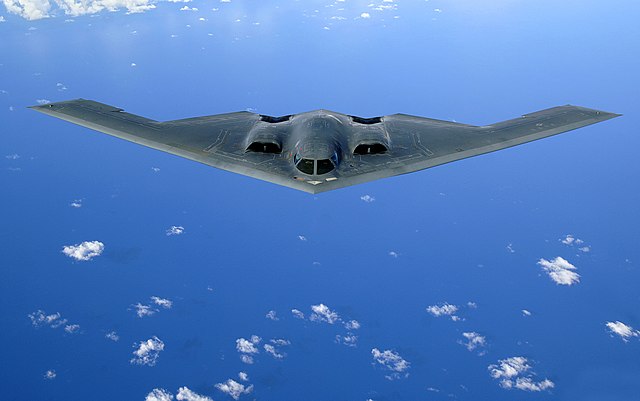
In October 2005, federal agents interviewed Noshir Gowadia twice and searched his home. On October 26, he was arrested and charged with one count of “willfully communicating, delivering or transmitting national defense information to a person not entitled to receive it, which information the possessor has reason to believe could be used to the injury of the United States or to the advantage of a foreign nation.”
On November 8, a federal grand jury returned an 18-count indictment against Gowadia, with the Department of Justice writing in a press release:
“The indictment charges Gowadia with ‘performing substantial defense-related service for the People’s Republic of China (PRC) by agreeing to design, and later designing, a low observable cruise missile exhaust system nozzle capable of rendering the missile less susceptible to detection and interception.'”
The indictment also described Gowadia’s travels to China to assist in the development of this system.
Noshir Gowadia stands trial for his crimes
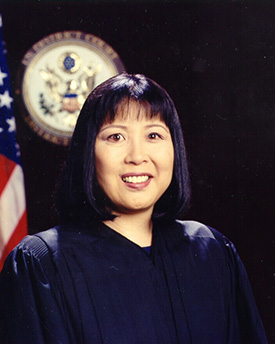
Noshir Gowadia’s trial was originally set for July 2007 but was delayed to February of the following year to allow the Department of Justice to conduct a background check on his new attorney. The case faced more postponements until late 2009 to evaluate Gowadia’s mental competency for trial, as he was hesitant to cooperate with his legal team.
In November 2009, US Magistrate Judge Kevin S.C. Chang determined that the strained relationship between Gowadia and his lawyers did not indicate incompetence, a conclusion supported by Chief US District Judge Susan Oki Mollway. Consequently, the trial commenced on April 12, 2010, with closing arguments held on July 29.
A guilty verdict is returned by the jury
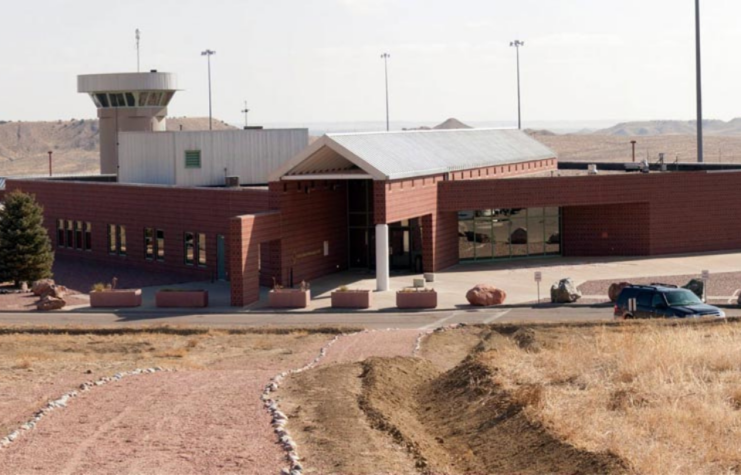
The jury returned a verdict on August 10, finding Noshir Gowadia guilty of both espionage and violating the Arms Export Control Act. Sentencing occurred on January 24, 2011, with the designer sentenced to 32 years in prison. He was incarcerated at ADX Florence, a maximum security prison in Fremont County, Colorado. He is scheduled for release on February 1, 2032.
New! Want to become a trivia master? Sign up for our War History Fact of the Day newsletter!
More from us: North American B-25 Mitchell: The Most Produced American Medium Bomber of World War II
It remains unclear how damaging Gowadia’s secret selling has been, but it is known that Germany, Israel, China, and other nations benefited from his espionage. While it could be an interesting coincidence, the Chinese stealth fighter Chengdu J-20 Mighty Dragon flew for the first time the same month Gowadia was sentenced. This might be the first indication of the impact his actions may have had.
